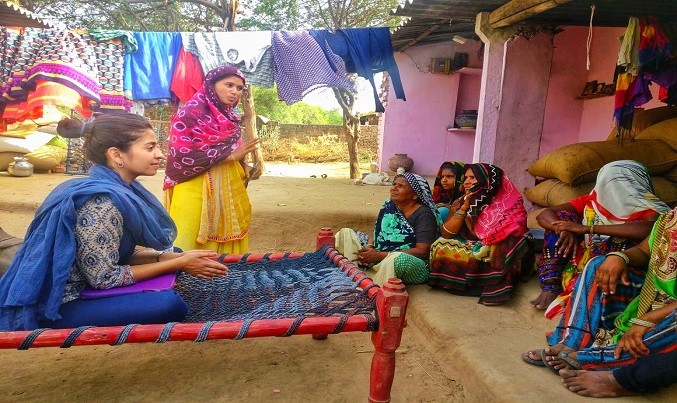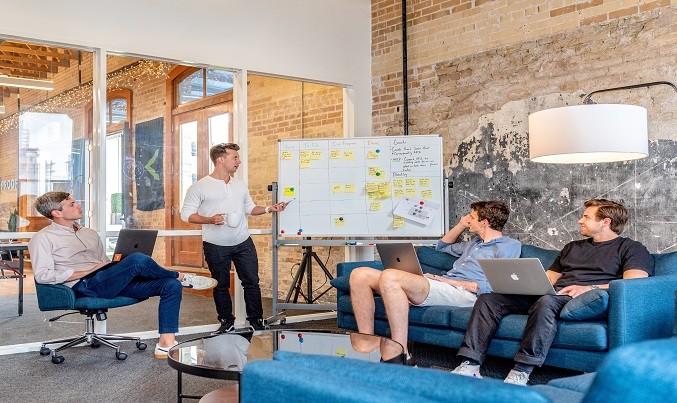Anoj Viswanathan explains why the online crowdfunding industry cannot operate without an attached fee, in the near future
I was recently watching the “Make Google Do It” ad series. The tech giant had, ages ago, begun thinking ahead and come up with free storage space in the drive, an AI driven voice assistant, GPS and navigation, maps, search options in various languages and many other features that could help them find a space in a consumer’s daily life, whether they were tech savvy or not. Now, why the sudden need to advertise this?
Truth is, even if these services came neatly arranged in the G-suite, ready to be used, there would still be people who would not know they have been living with these life-altering features that came to them absolutely free of cost. They would still be blown away by the idea of an Alexa.
In a vast market like India, word of mouth and ease of use are critical when breaking the big wall that keeps people away from new technological products and features. So, it comes down to creating the most seamless experience when they opt for it.
When Milaap started as a crowdfunding platform, the only idea was to enable individual giving through technology, similar to shopping, calling a cab, or ordering food, in a clear, transparent way, with someone else taking care of all hassles.
This is where the challenge lies: when you’re doing something “for good” it is often expected to be done for free. Or else, where does the altruism lie? The simple answer is: With the donor.
For a tech-based platform, the tricky part of this is that there is no end to the product you build. When we started off, we had only a verification process, a live ticker on each fundraiser showing the amount needed and raised, and a link that could be shared with friends and family members. Recipients could post updates to let people know how the money helped them, and that was it. The potential of social media sharing drove us to introduce the Facebook and Twitter share features. That rapidly evolved to a stage where we had to have a dedicated team to analyse successful fundraisers, and today we give some promotional tools as a basic kit for every fundraiser. Improvements are constantly being made to the platform, whether it be through adding payment modes, or being available to smoothly guide people into the process.
With online funding, what we are selling is convenience. To campaign organizers, it is about a hassle-free way to ask for money with dignity. For donors, it is about finding a verified need, and being able to see the impact of their participation, with the ease of making a donation on the go.
Crowdfunding in developing countries remains quite utilitarian. We are still at a stage where most people would pick funding medical treatment over funding a research product. To keep up with the times and ensure we can take crowdfunding to anybody who needs it, every crowdfunding platform does charge a fee, mostly on the funds that are raised through the platform.
Today, the steep escalation of sophisticated treatment, especially in critical illness like cancer, has pushed crowdfunding as a mainstream mode of financing healthcare. When people fall short of money despite having exhausted their own networks, platforms often resort to paid channels to enhance outreach and take the need to a larger audience. In such cases too, platforms often charge an additional percentage on any funds raised via these channels.
Any technological product would cease to exist the day it stops evolving. All crowdfunding platforms are constantly attempting to make it something that can be accessed on the go, as part of everyday life. It is for exactly this reason that the online crowdfunding industry cannot be completely free to use in the near future.











